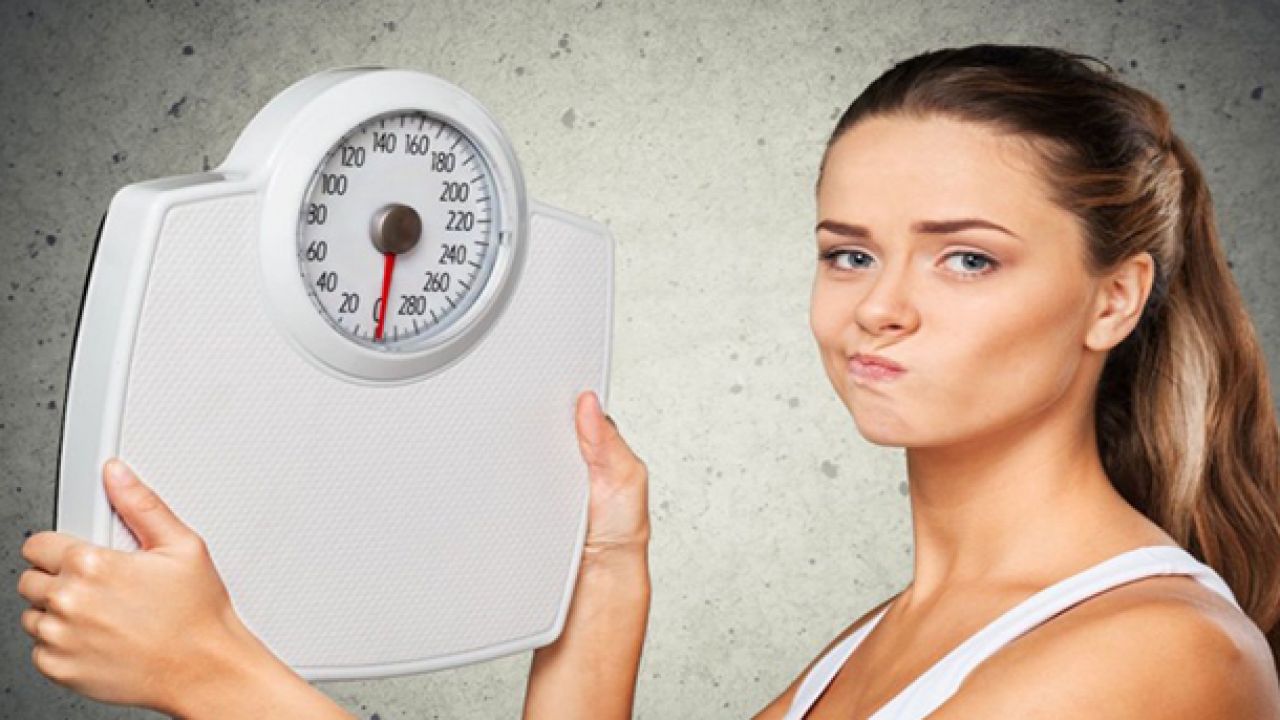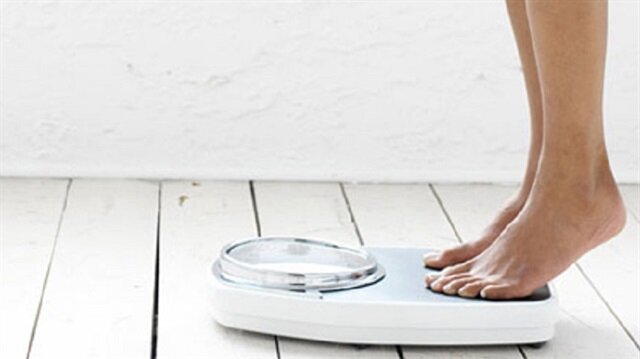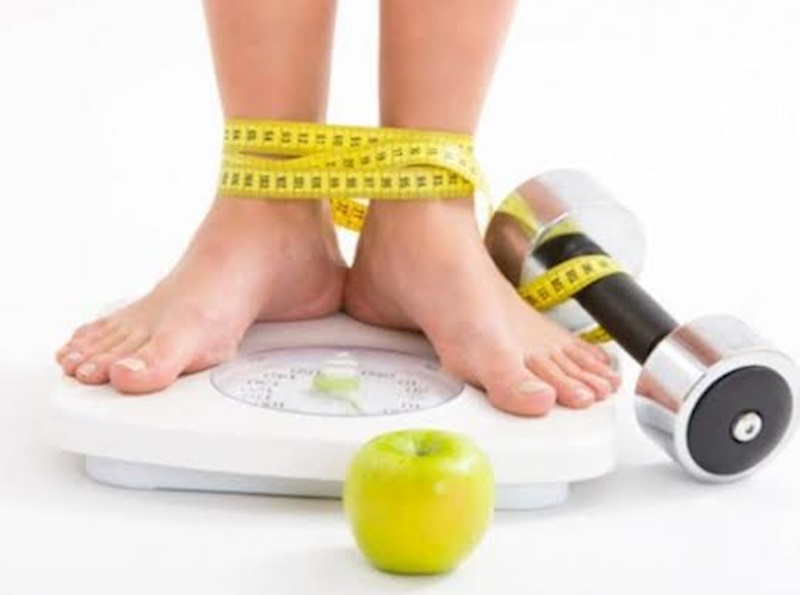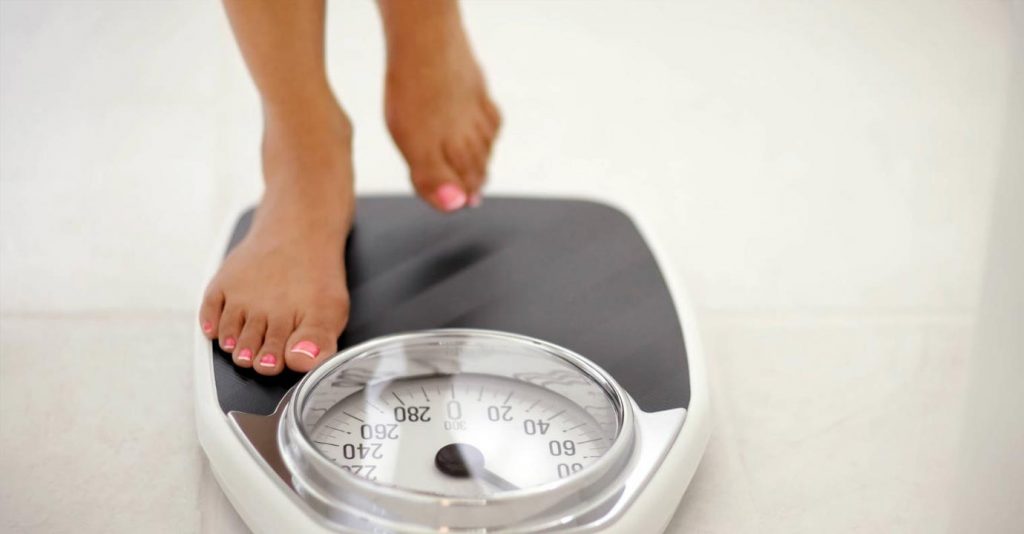When starting a diet, it is normal to look at the current weight status. However, once a diet is decided, it is wrong to constantly weigh yourself during the day and obsess about your weight.
Dieters check how much weight they have gained by weighing themselves every morning on an empty stomach, after having breakfast, in the evening before going to bed and even after drinking water. However, a big mistake is made here. Because the current mass of a person varies considerably during the day.
The amount of fluid and food consumed all day affects the body’s edema, urine and feces that day. Especially after drinking water and eating, the excess weight on the scale should not directly cause demoralization.
The weight that seems to have been gained does not actually mean the amount of fat to be stored in the body. These results of weighing during the day are inaccurate and do nothing but demoralize the person. For this reason, it is wrong to weigh yourself constantly during the day.

How Should the Correct Weighing Process Be?
It is very important to be weighed at regular intervals to lose weight, to control weight and to measure the success of the diet. People who pay attention to their nutrition are in an intense struggle to get down to their ideal weight and maintain their form. The first mistake made here is to act rashly.
It is not possible to act hastily while dieting and see unrealistic results in a short time. Weighing procedures that are not done at the right time and in the right way can greatly reduce the motivation of the person and cause a feeling of failure.

Step 1- When Should We Weigh In?
One of the most important factors affecting weighing results is the time elapsed since the previous weighing. The general opinion on this subject is that weighing is performed once a week on the same day and, if possible, at the same time.
For the most accurate results, weighing should be done when you wake up in the morning, without clothes, on an empty stomach and, if possible, after defecation.
Weighing after breakfast, after a snack or after drinking a few glasses of water may give wrong results. People may have gained a total mass volume in the range of 500-1000 grams during routine meals. In fact, in the weighing process performed after eating dinner, it may be observed that the weight of the person may be 1500-2000 grams heavier on average.
A period of less than 1 week between two weighing procedures during the diet period can mislead people and cause low motivation. Body mass can also be affected in some special situations such as menstrual cycles in women. It is recommended not to weigh yourself during these periods or to ignore the measurement.
Step 2- Clothing worn during the weighing process
The clothing worn during the weighing process is also a very important factor affecting the measurements. When weighing with different clothes, measurements can easily vary. There can be quite large differences between everyday clothes and clothes worn on special occasions, even between summer and winter clothes.
The best step during the weighing process is to perform the weighing process completely without clothes. However, this may not always be possible.
For this reason, wearing the same clothes while taking measurements ensures that the control of the weight lost or gained is accurately revealed. In other words, the difference between the previous weight and the measured weight is based on the same shoes and clothes.

Step 3- Don’t Weigh on Different Scales
For an ideal weighing process that reflects the true mass, it is important that the same scale is used for each measurement. Using different scales in weighing processes can cause measurements to be grossly inaccurate. This is because the calibration of each instrument is different. Therefore, it is likely to produce different results.
For this reason, people who are on a diet should get a scale of their own or always weigh themselves with the same scale in order to measure the success of their diet at regular intervals.
What is important in weight control is the difference between the two scales. Even if the scale does not show the same weight as other scales, the difference between the previous weighing result and the measured result can measure your success in weight control. However, differences in clothing, hunger and satiety status, and even scale differences are variables in determining this success.
In addition, the floor on which the scale is used is also important. Weighing on carpet or parquet may give different results. Therefore, for an accurate weighing process, care should be taken to ensure that the scale stands on the same floor for each measurement.

